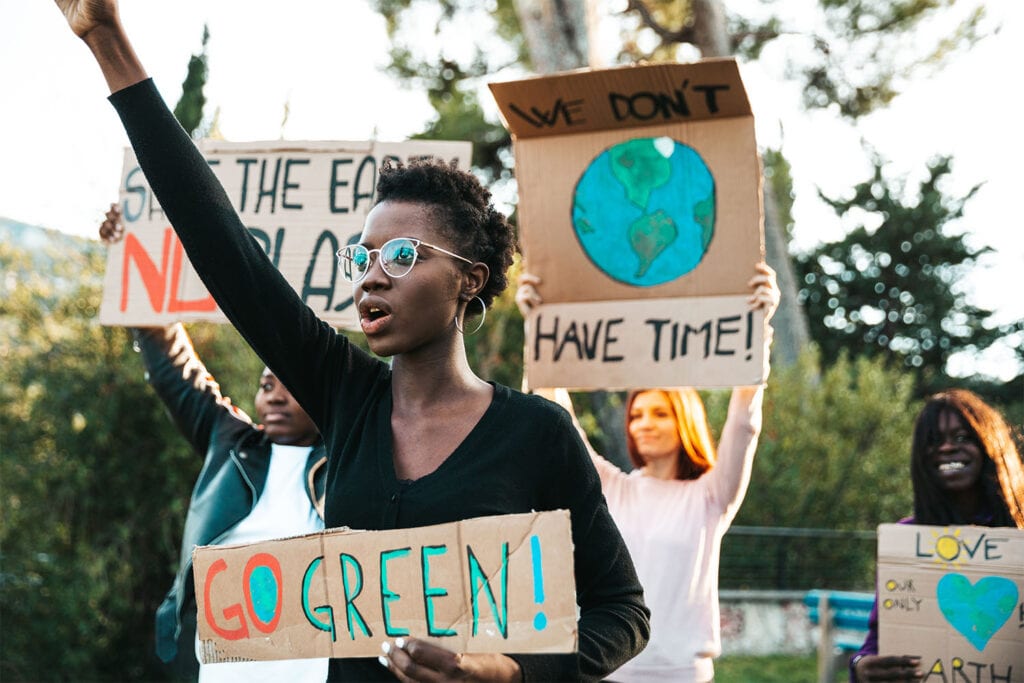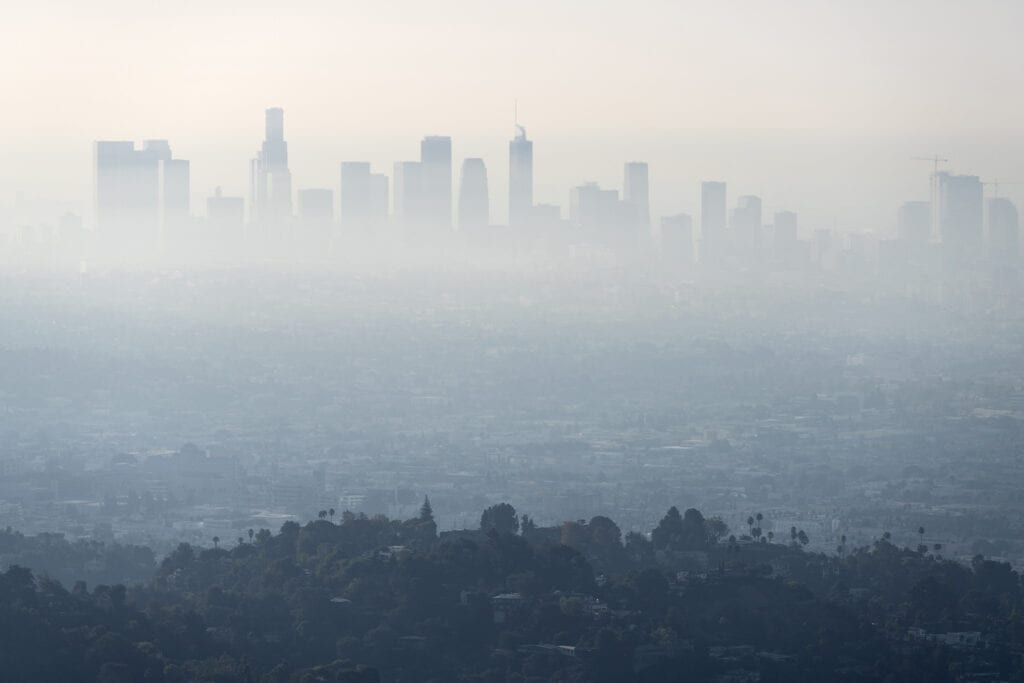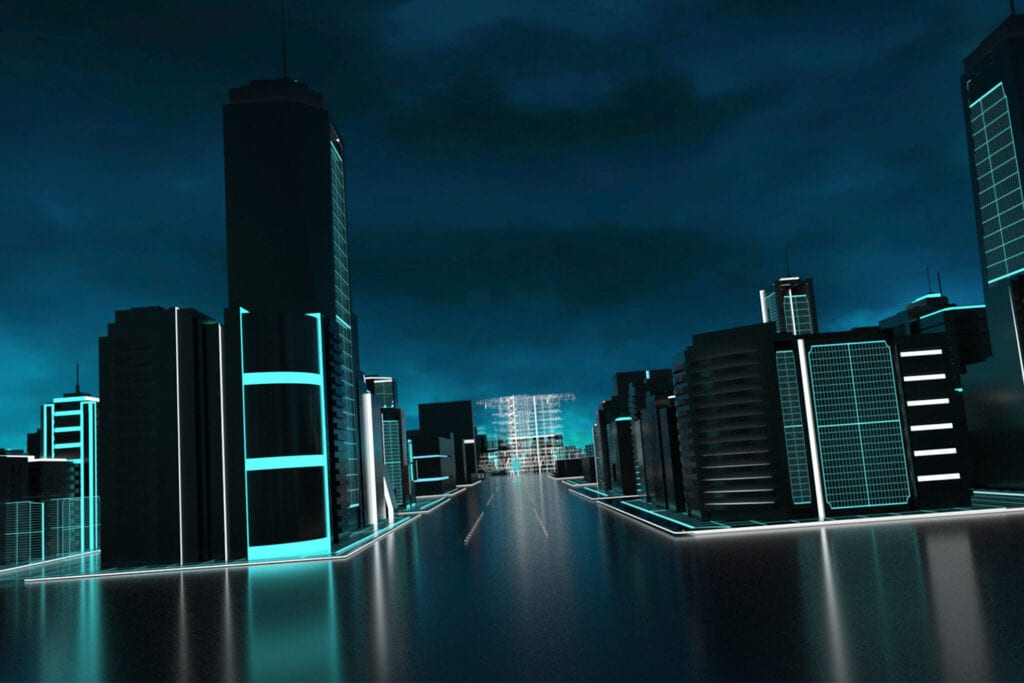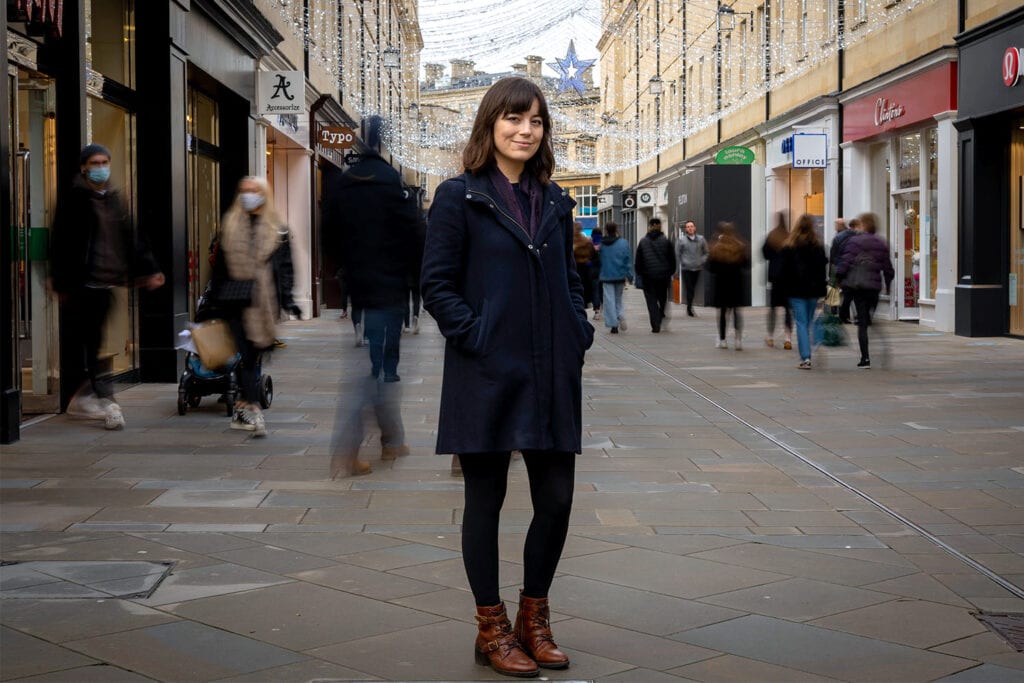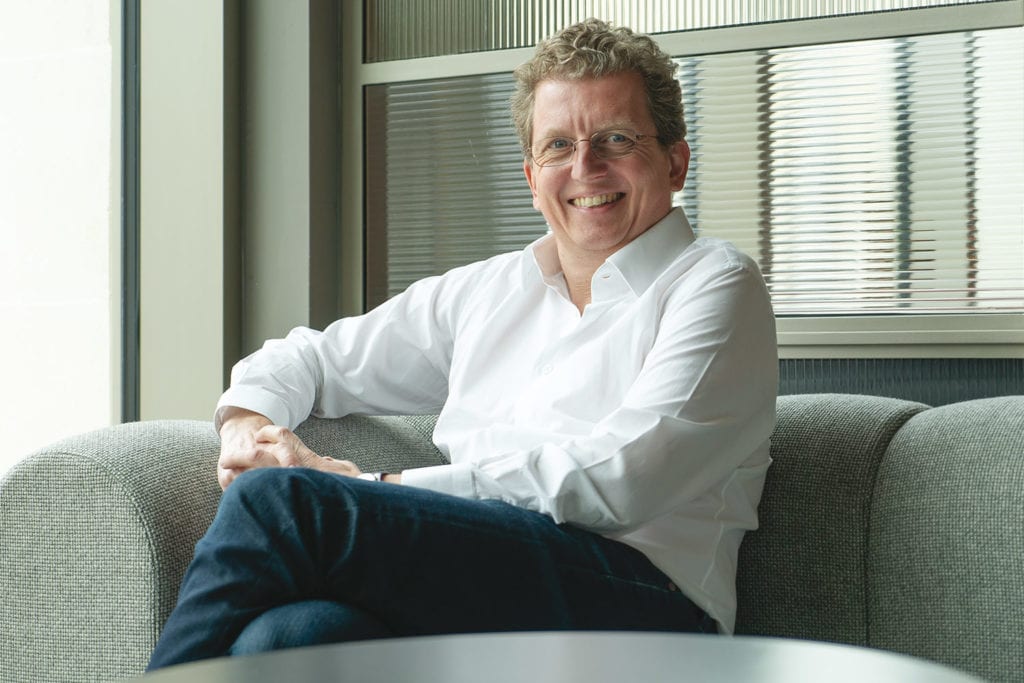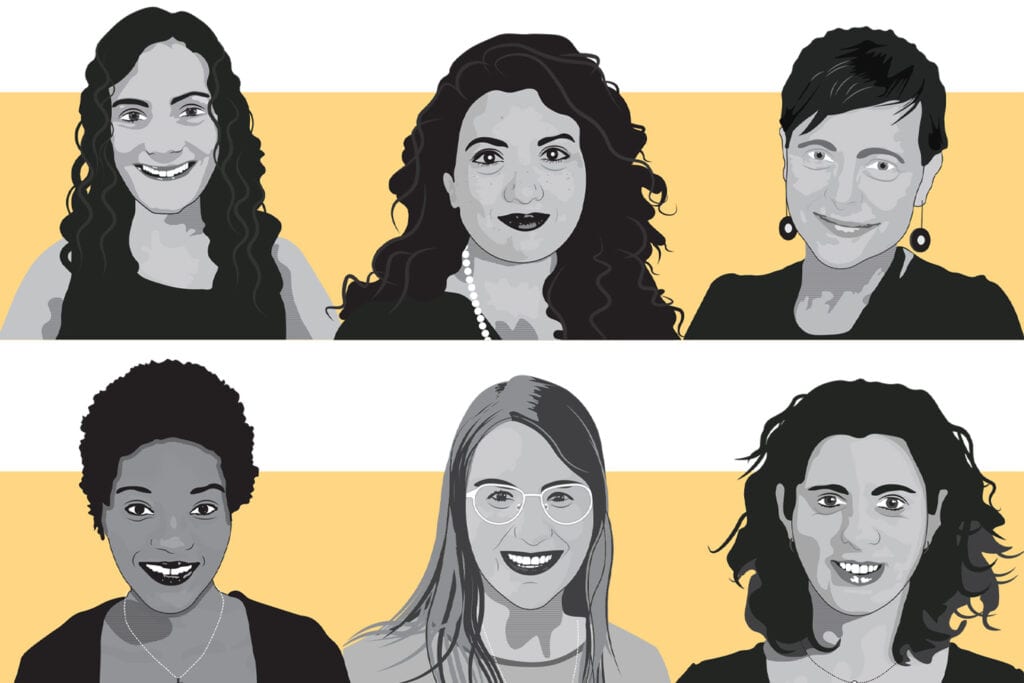
With cities facing major challenges related to the climate emergency, increasing urbanisation and digitalisation, how our urban planners and engineers approach masterplanning is changing.
Sustainability, flow of resources and reducing reliance on cars are vital to the modern masterplan. City governments are increasingly heeding this advice, seeking expert engineering consultancy when planning large-scale, complex urban developments.
Berlin-Brandenburg
When Buro Happold was invited to work with architects Barbara Hoidn and Wilfried Wang to develop a set of urban design principles for the Berlin-Brandenburg 2070 competition, we decided to take a holistic approach, putting sustainability at the forefront of how we live.
The competition aimed to spark a social debate on the future of the region. Architects, urban planners and landscape architects were asked to submit bold proposals that responded to the interdisciplinary challenges of the area, reimagining its future.

Image: Buro Happold
The status quo
The city of Berlin and the surrounding Brandenburg region are inherently different. Brandenburg is rural and agricultural. Not only does the land produce food, it also acts as a water source and renewable energy hub. Berlin is an epicentre for politics, culture, education, commerce and entertainment.
Despite their differences, the two areas rely on each other. Residents of Brandenburg benefit from Berlin’s employment opportunities, while the citizens of Berlin need the clean energy and food produced in Brandenburg. Although this two-way connection appears mutually beneficial, the region is far from self-sufficient. It remains part of the globalised network of import and export.
A new approach to masterplanning
Our Berlin-based team, led by Senior Partner Paul Rogers, Consultant Abdelrahman Helal and Senior Cities Consultant Aron Bohmann, applied innovative thinking to the competition response.
The customary approach to developing a regional masterplan, or vision for change, would be to think spatially, however, on this occasion, our approach was based on the availability and flow of resources.
Aron Bohmann, Senior Cities Consultant, Buro Happold
Current resource flows in the Brandenburg region, like many other regions around the world, are characterised by an intense global trade network, i.e., goods are not produced where they are consumed. This strong interdependence on international supply chains creates fragility.
The solution to this problem was to emphasise sustainable resource cycles, prioritising the resources available within the region to underpin the local economy. For example, material resources like water, energy and building materials should be sourced from Brandenburg, whilst more abstract resources such as governance, culture and politics should remain nationally or globally integrated.
What is a sustainable resource cycle?
Brandenburg is rich in physical and natural resources, which are the essential ingredients for a future beyond fossil fuels. With the appropriate management, together with sustainable harvesting and replanting, it is possible to establish a circular and replenishing regionalised supply chain of resources like fresh food and raw materials, that protect the region’s natural heritage.
Our research demonstrated that the wind and photovoltaic parks (that are already part of the region’s landscape) could be used in combination with its plentiful supply of water to generate enough hydrogen to meet Berlin-Brandenburg’s energy demands and export it to a wider market.
A refocusing towards regional production and consumption shifts the economy from linear to circular. This type of self-sustaining system is based on replenishment and sustainable holistic values rather than economic consumerism.

Image: Buro Happold
Using data to build our case
Data provides us with information about the past and so provides a basis for sound planning. This in-depth knowledge enables us to understand and formulate the spatial potential of the masterplan and shape visions for the future.
Data analysis was critical to the development of our masterplan principles. We researched, analysed and visualised a wide range of open-sourced data that enabled us to base our thinking on hard evidence rather than scenarios that may never materialise.”
Abdelrahman Helal, Consultant and Data Specialist, Buro Happold
The need for change
The climate emergency, economic recession and the Covid-19 pandemic have revealed the fragility of our global networks and how easily international supply chains can disintegrate. To mitigate these challenges, we need to establish robust local and regional resource-management models. By shifting our perspective, we can build a more resilient and balanced world.
The New Gartenfeld

Image: Buro Happold
A blueprint for forward-thinking and collaborative development, the New Gartenfeld district in Berlin is an example of resource-led masterplanning principles being put into practice. Leading the task group and working closely with the developer Planungsgemeinschaft “Das Neue Gartenfeld” GmbH & Co. KG, we have shaped a multidisciplinary and integrated approach. By taking the philosophy of a shared economy as our starting point, Buro Happold is breathing new life into this 40ha brownfield site on the outskirts of the city.
Asked by our client to create a “city of the future”, we have devised a residential district founded entirely on sustainable principles. Focused on five key pillars: mobility, energy, digital connectivity, water and logistics, our autonomous, self-sufficient masterplan brings together innovative concepts relating to each pillar, resulting in a quantum leap in neighbourhood development.
As a result, residents of the 4,000 new homes will live in a neighbourhood designed to improve their wellbeing and the environment that surrounds them. Based on the principle that people don’t want – and most importantly, do not need – to own everything, services and infrastructure will be shared by all. This includes the communal reuse of rainwater, a neighbourhood ICT platform and shared transport system.
A car-free development
The greatest challenge for our project team was meeting the client’s objective of creating a car-free mobility strategy. Led by Cities and Project Director Dr Sebastian Seelig, we developed a concept for an autonomous public transport loop for the district with two mobility hubs connected to the city’s wider public transport network. A lack of parking spaces within the development will actively discourage car ownership.
Integrated utilities
We took an integrated approach to managing services across the district. In what we believe to be a first, infrastructure for all utilities – including water, power and transport – will be completely unified and managed at district level by a single consortium.
This will deliver infrastructure efficiencies, lower utility costs and open up a completely new business model.
Aron Bohmann, Senior Cities Consultant, Buro Happold
The ‘Manage your Life’ app
The shared services so integral to New Gartenfeld’s ethos will be managed by residents via the ‘Manage your Life’ app. This innovative, user-oriented technology will both empower residents with intelligent energy management and give them a sense of shared responsibility over the operation of key services.
Environmental sustainability
We have embedded sustainable principles throughout the masterplan to reduce resource flows between Gartenfeld and the surrounding area. For example, small district heating networks shared by several buildings will have an emphasis on renewable energy: 100% of stormwater will be reused, 60% of buildings will have a green roof and biowaste will be recycled in a biogas plant.
Innovative use of data
We have integrated GIS-based data on each element of the development’s infrastructure to create a 3D district data model. Having initially been used to aid our planning work, the model can become a vital tool in the ongoing maintenance of the district’s utilities.
The New Gartenfeld represents a “Quantum leap” in neighbourhood development. The goal to create a better neighbourhood with a focus on wellbeing and environment is achieved through the innovative use of technology and transformative, collaborative thinking.

